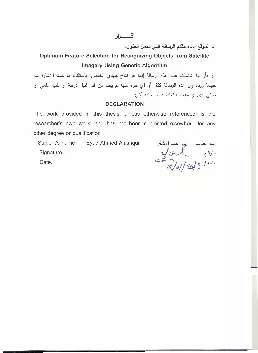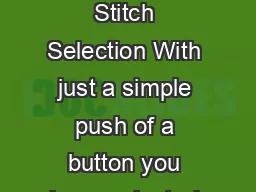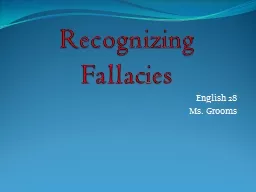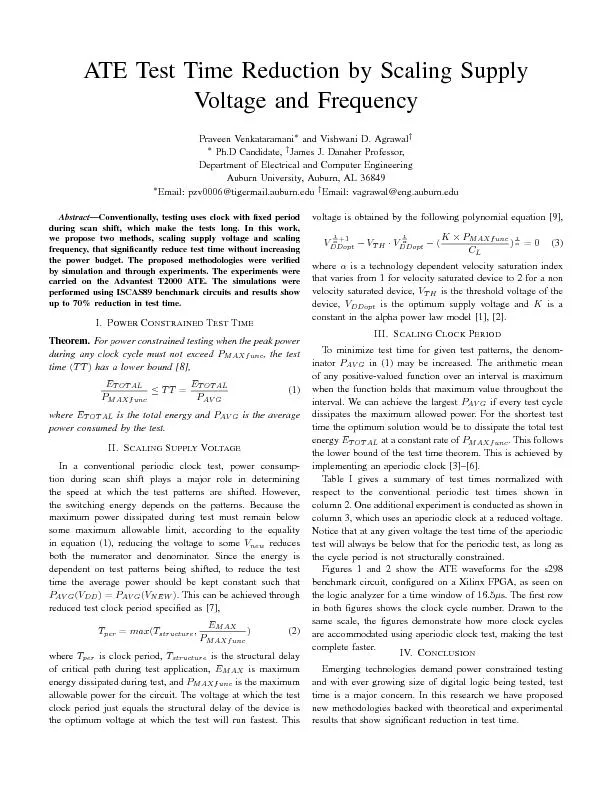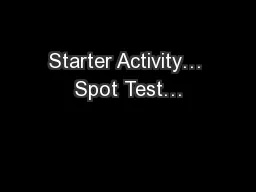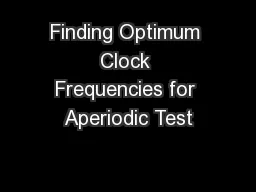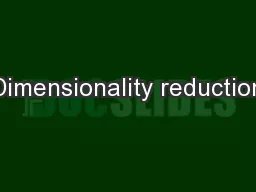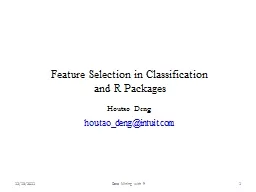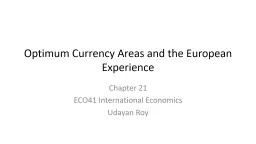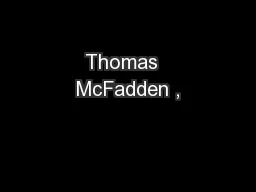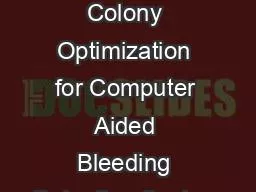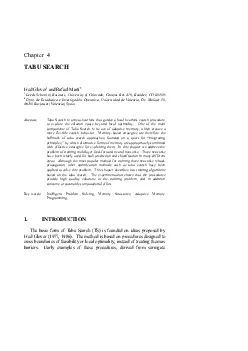PDF-Optimum Feature Selection for Recognizing
Author : abigail | Published Date : 2021-08-26
Objects from Satellite Imagery Using Genetic AlgorithmByEyad A Alashqar120110378Supervised byProf Nabil M HewahiA Thesis Submitted in Partial Fulfillment of the
Presentation Embed Code
Download Presentation
Download Presentation The PPT/PDF document "Optimum Feature Selection for Recognizin..." is the property of its rightful owner. Permission is granted to download and print the materials on this website for personal, non-commercial use only, and to display it on your personal computer provided you do not modify the materials and that you retain all copyright notices contained in the materials. By downloading content from our website, you accept the terms of this agreement.
Optimum Feature Selection for Recognizing: Transcript
Download Rules Of Document
"Optimum Feature Selection for Recognizing"The content belongs to its owner. You may download and print it for personal use, without modification, and keep all copyright notices. By downloading, you agree to these terms.
Related Documents

